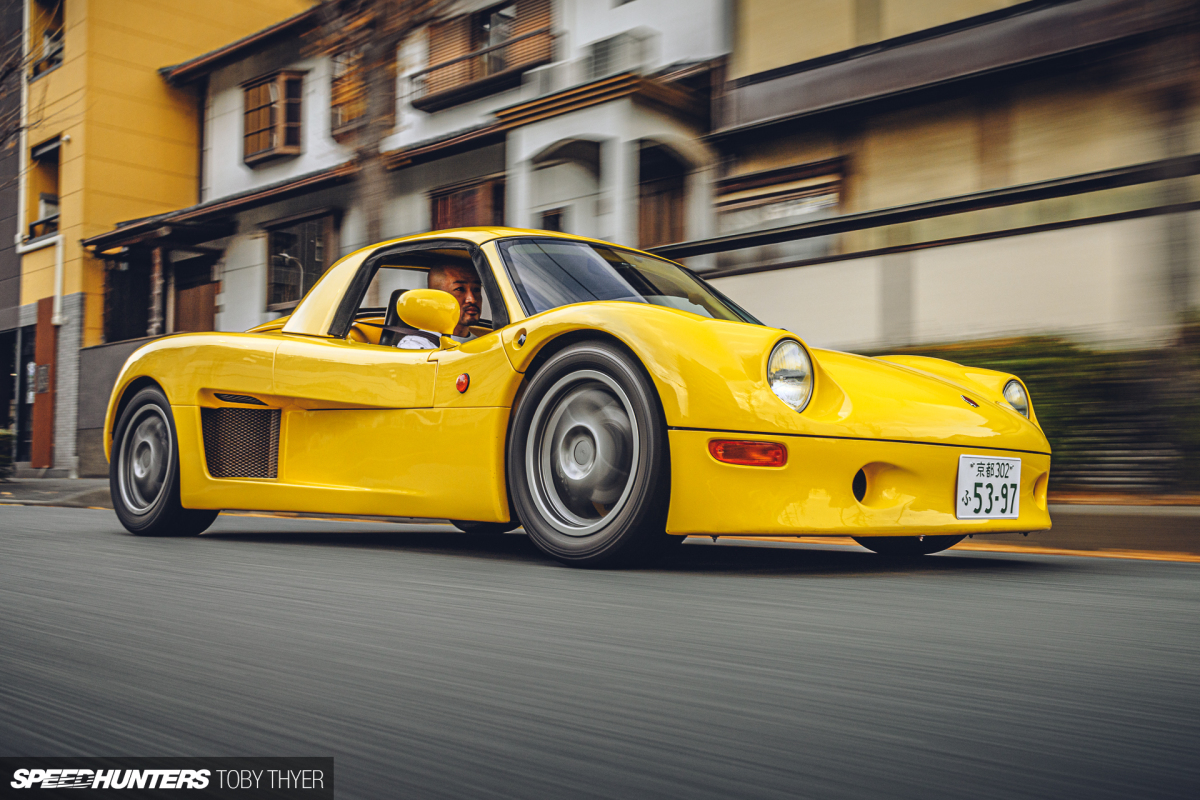
Caterham, Austin-Healey, MG, Triumph, Morgan, Noble, Sunbeam, Ariel, Ultimate, Lotus and Tommykaira – all manufacturers who have built fun-to-drive sports cars while employing varying degrees of lightweight philosophy. Surprisingly, all these cars were made in Great Britain.
I say ‘surprisingly’, because Tommykaira – who I recently met the two founders of - is of course a Japanese manufacturer, and we all know the Japanese have a pretty decent reputation when it comes to making sports cars and people movers alike. So why turn to the Brits? Surely the Germans or the Swiss would be better people to collaborate with for precision manufacturing favours?

We all know the Japanese are sticklers for rules and regulations, and those things make it difficult when you’re trying to design and build your own low-volume sports car for use on public roads, as Tommykaira planned to do with their ZZ. It was always going to be much easier to pass regulations somewhere else, and then import the cars into Japan for domestic sales.
But to answer my initial question – why Britain? The reasons are many.

Not only is there a long-standing tradition of building (sometimes terrible) small two-seater sports cars with optimistically open roofs (the British summertime being notoriously wet) in Great Britain, there’s also a network of some of the greatest automotive artisans, designers and parts suppliers in the world, all based on a little island no bigger than Japan itself. I’d say the Brits and the Japanese are somewhat kindred spirits in many ways.

The Tommykaira ZZ was built in Norfolk at Tomita Auto UK by a team of Brits, under the supervision of the head of TOM’S Racing, Mr Hiroshi Fushida. In total, around 220 ZZs were manufactured during the car’s four-year production run between 1996 and 2000, with 206 units exported to Japan.

At the ZZ’s unveiling in 1995, parallels were immediately drawn with the Series 1 Lotus Elise, which had been announced in 1994. Both cars used an extruded aluminium chassis – the ZZ’s monocoque manufactured by Arch Motors, who also built chassis for Lotus, Brabham and McLaren among others – both were rear-mid engined, compact, and had adorable little faces.
The construction of the Tommykaira ZZ was a little more motorsports-inspired than the Elise, with front and rear tube frames rather than a complete integrated chassis. Incidentally, the ZZ was conceived (1991), developed (1992), and produced and put on sale before the Elise.

However, the comparisons between the ZZ and the Elise were more than casual observations made by journalists and road testers at the time, because the lightweight ethos championed by Lotus founder Colin Chapman resonated with Tommykaira founders Tomita-san and Kaira-san, and was a huge inspiration for the ZZ.
Prior to co-founding Tommykaira, Kaira-san was deeply involved as a driver and engineer in F1 and Formula Junior, were he had raced head-to-head with the likes of Lola and Lotus. Aspirations of lightweight construction and precision handling had unsurprisingly rubbed off on him.
Both Tomita-san and Kaira-san worked on the ZZ’s design, with sketches hand-drawn by Mr. Takuya Yura of Mooncraft fame. Clay models were also constructed and refined at Mooncraft in Japan.

During the design process, a few different headlight designs were considered, however, Tomita-san wanted the car to look like a friendly little animal, so ultimately the round frog-like lamps were chosen.
Most ZZs have the turtle shell-inspired roof which bolts onto the upper roll cage, but the car I photographed for this story is fitted with the optional hard top. The normal roof is attached to the engine cover in this instance.

Because of Tommykaira’s ties with Japanese automakers, the ZZ used a Japanese engine – specifically a Nissan Pulsar-spec naturally aspirated SR20DE. For use in the ZZ, the 2.0-litre DOHC 16-valve four-cylinder engine was rid of its fuel injection system and retrofitted with four 45mm Keihin carburettors.
Kaira-san told me that carbs were chosen over injection primarily for driver enjoyment. He wanted owners to hear the ZZ’s engine breathing down their necks whenever they stepped on the gas.

I can confirm that the cockpit is a visceral place to be. The senses are fused with the mechanics of the car, and not just because there’s only a single piece of glass separating you from the engine.

The ZZ’s low seating position, rose-jointed suspension and rigidity of the chassis all send sharp pulses of information from the road directly to your tailbone. It’s also tiny; a reverse Tardis. I’m not a large man, but even for me, getting in or out of this ZZ was a real struggle. The small interior proportions do mean, however, that there are just a few centimetres between the steering wheel and gear shifter.

At the time, the chassis design of both the ZZ and Elise really were cutting edge. If you wanted a car built upon a lightweight aluminium monocoque chassis in the mid-1990s, your choices were either an F1 racer or a Honda NSX. In that regard, the ZZ had an incredible power-to-weight-to-price-tag ratio. It produced 180PS but only weighed 650kg, which meant it had the same power-to-weight ratio as Tommykaira’s contemporary 550hp BNR32 Skyline GT-R that joined us on the shoot.
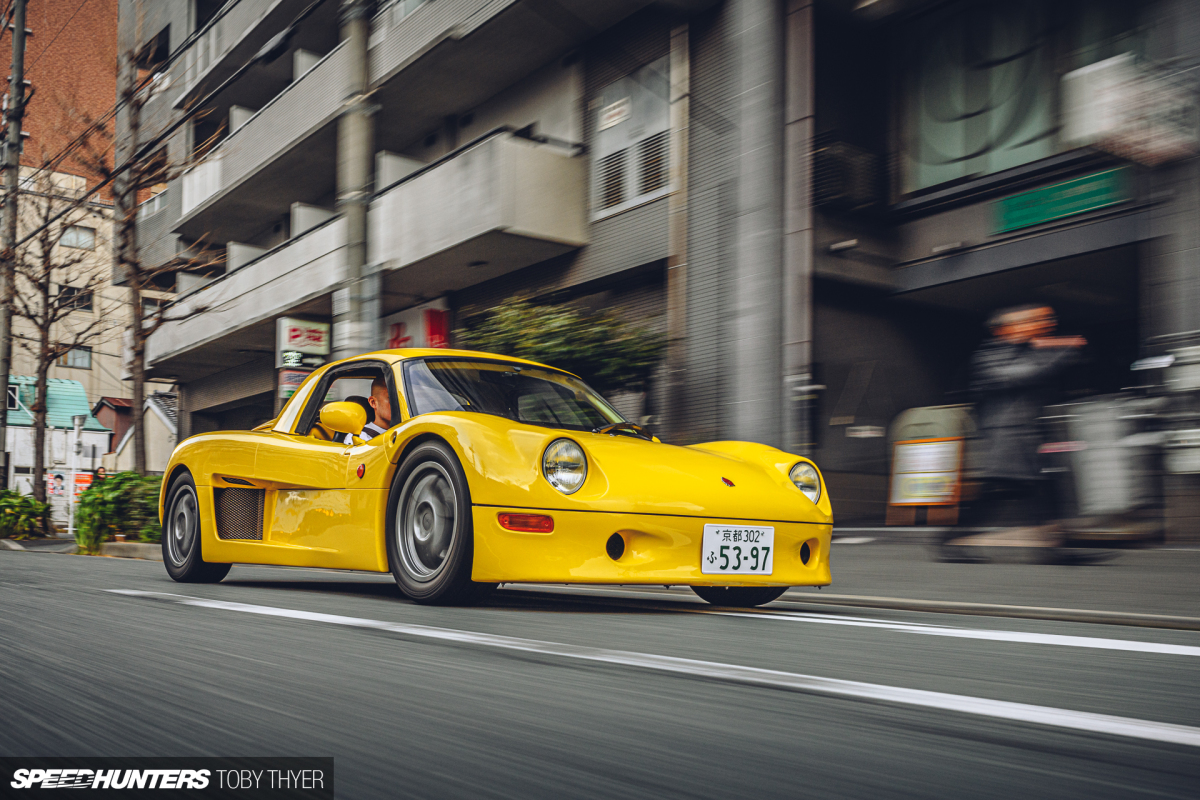

Just like the Lotus models that Tomita-san and Kaira-san revered so much, the ZZ was also designed to handle. Double wishbones all round connected to steel tube frames gave the little car roadholding to match its acceleration – 0-100km/h coming up in around four seconds. From the moment you worm your way into the snug little bucket seats, the ZZ is fast, noisy, terrifying and brilliant.

How have these Japanese-designed, British-built two-seaters held up over the past 30-odd years? If this car is anything to go by, surprisingly well I’d say. The panel gaps are snug, the FRP gel-coat shows no signs of cracking, what few rubber seals there are seem supple, there isn’t any rust on the tube frames, and that SR20 is running smooth as a sewing machine. The Tommykaira ZZ’s design still looks great today, in a retro mini-supercar kind of way.

While the Tommykaira ZZ is a masterpiece of Anglo-Japanese auto engineering in stock form, you might be wondering if there are any crazy modified examples out there? Yes there are, and I have one to share with you very soon.
Toby Thyer
Instagram _tobinsta_
tobythyer.co.uk
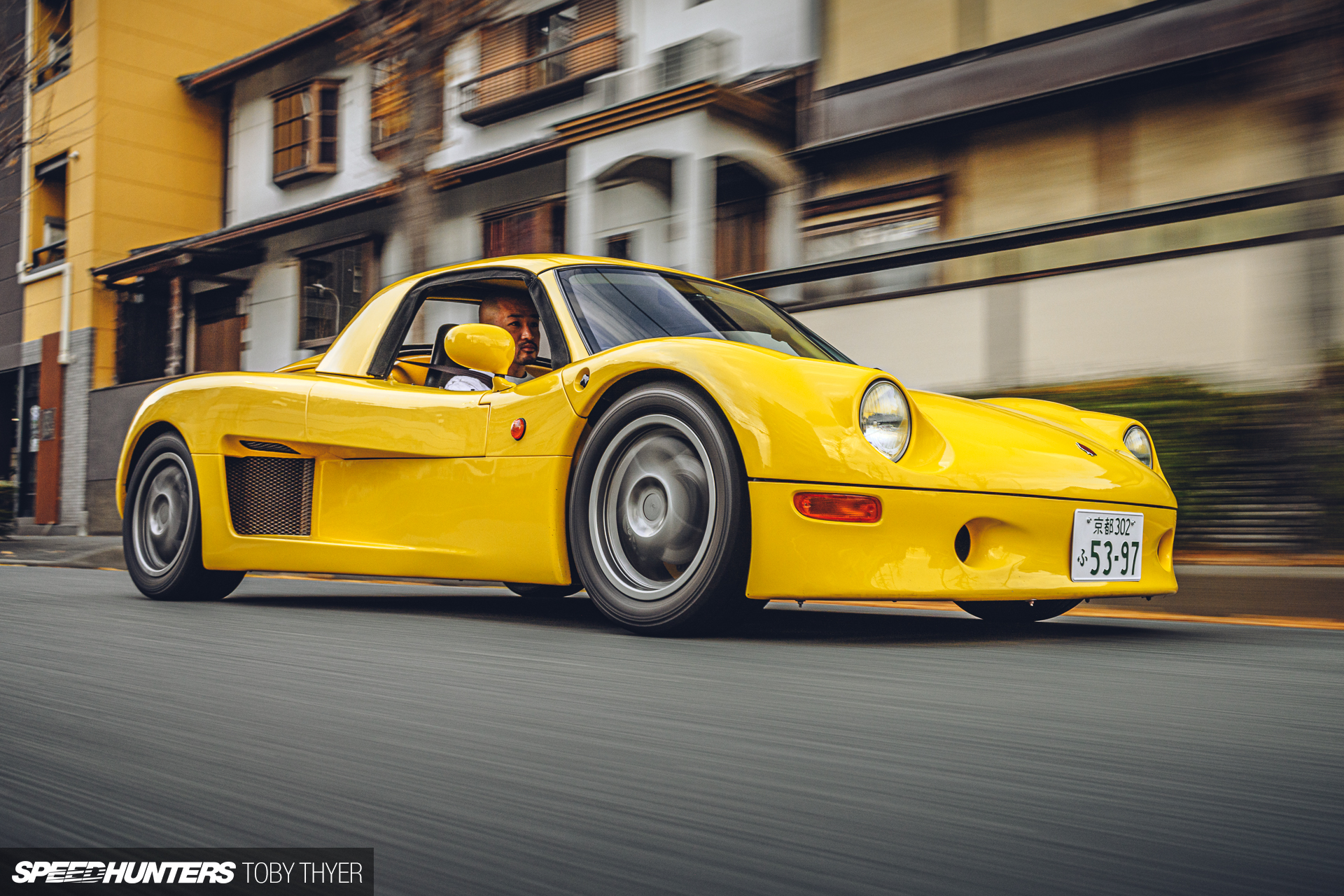






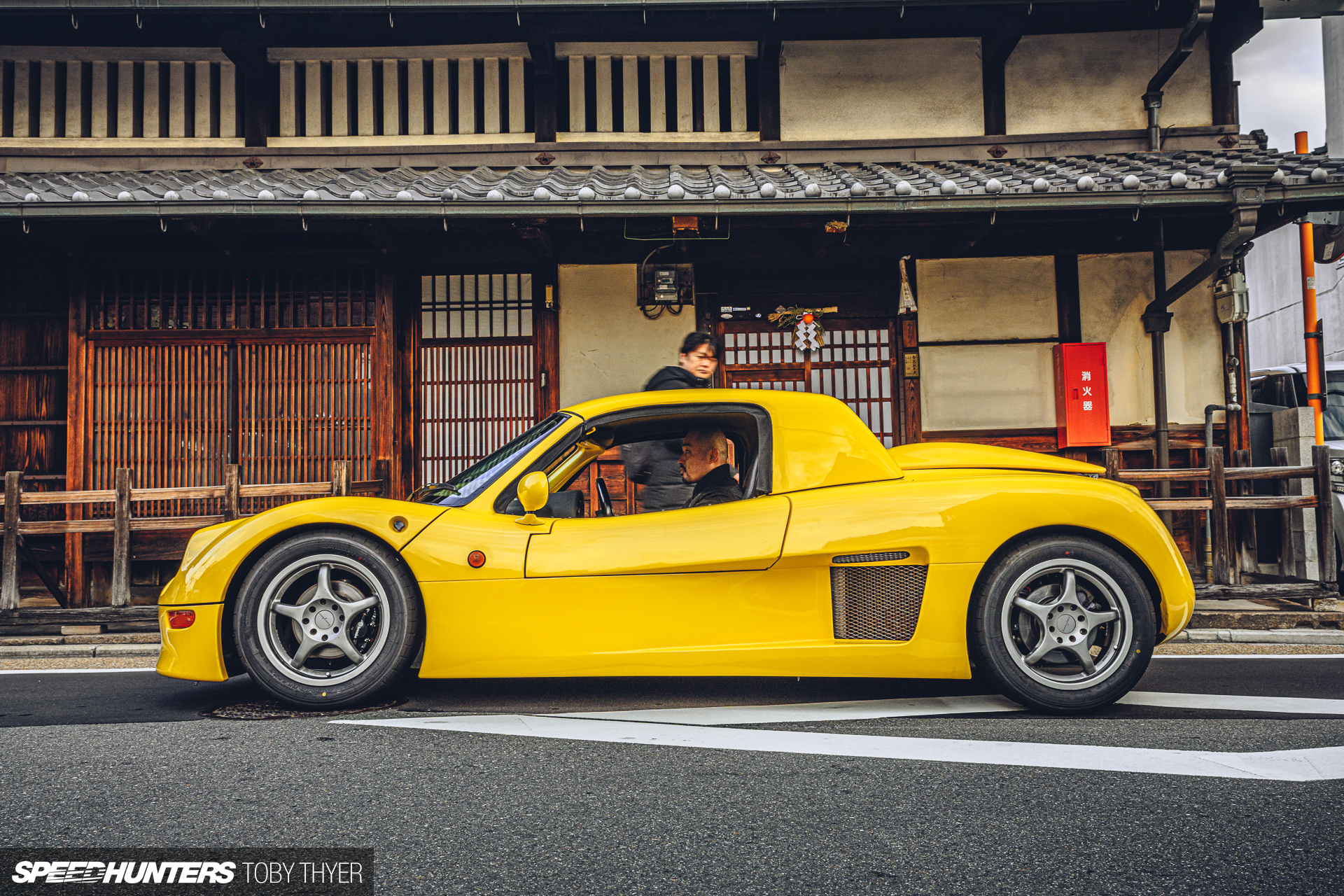






















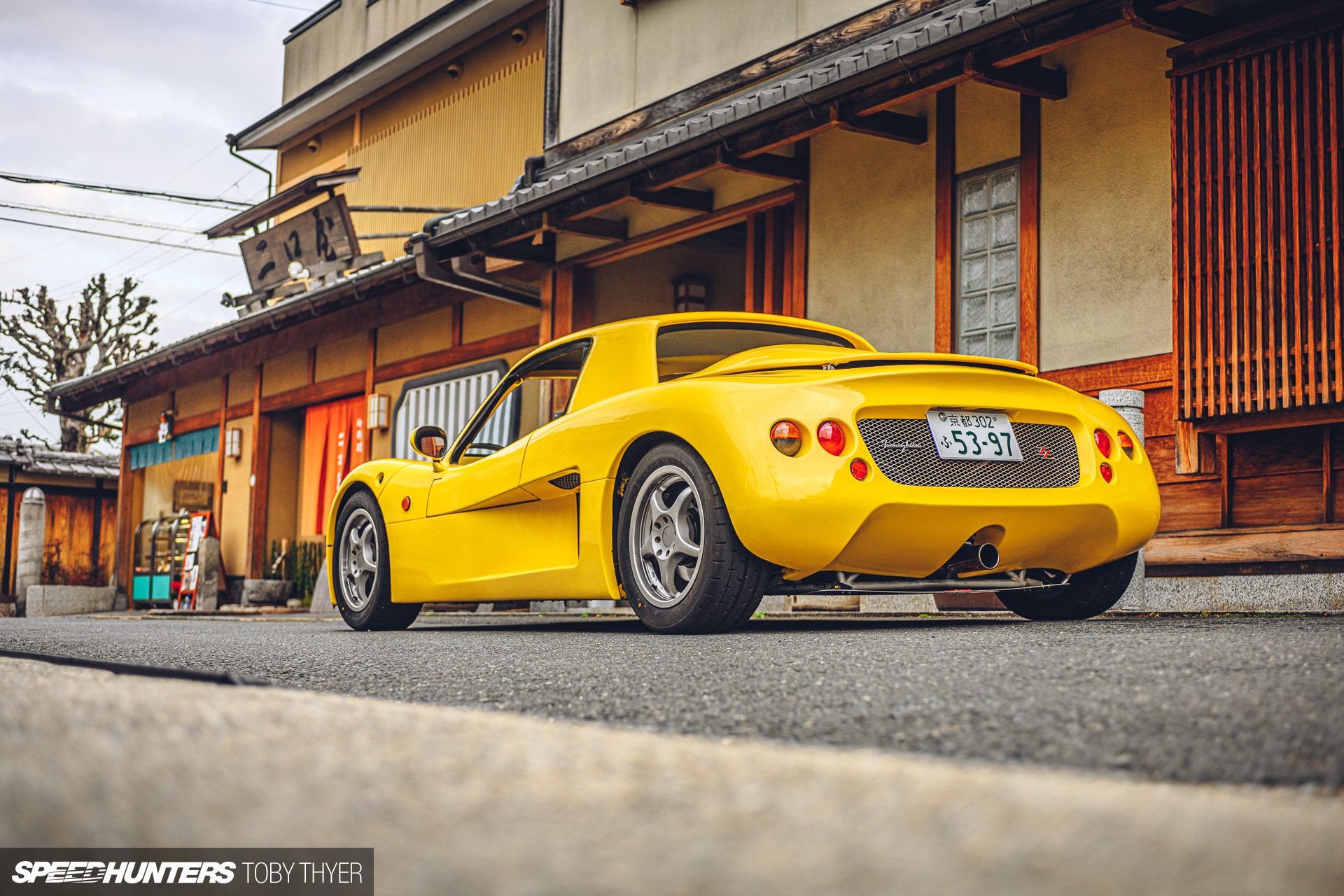






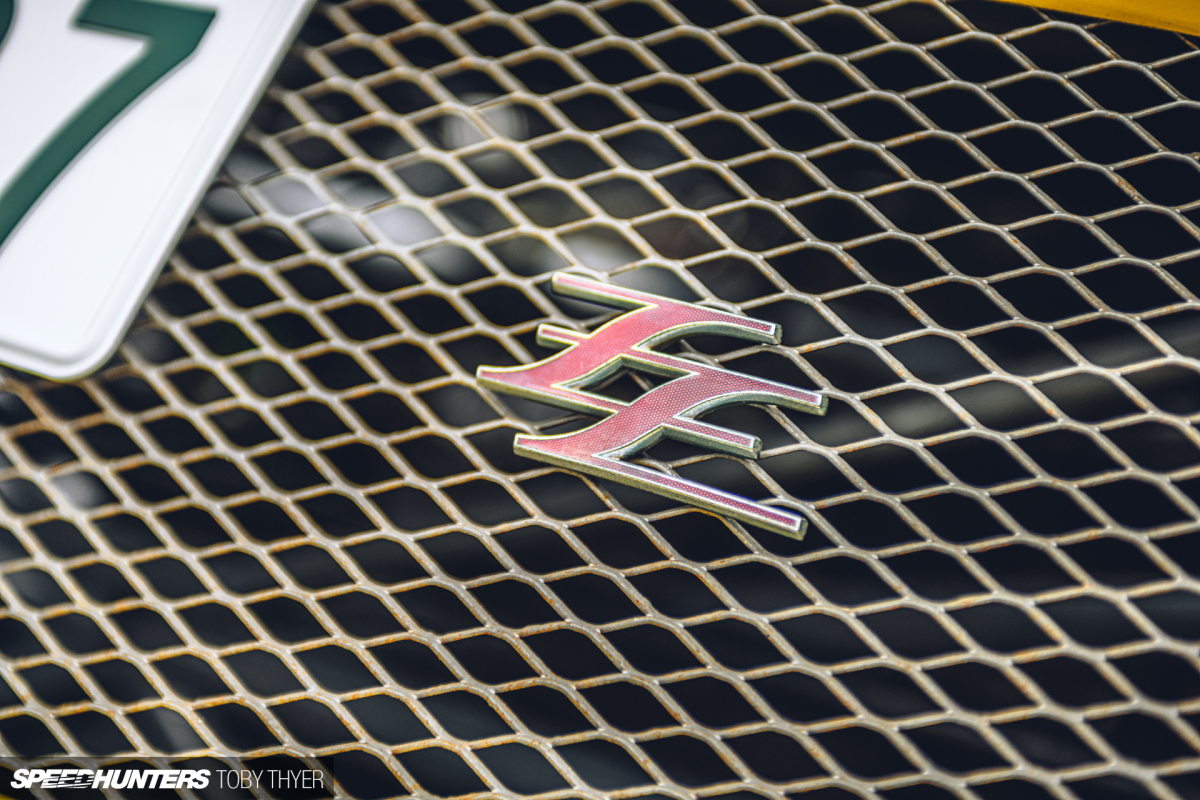
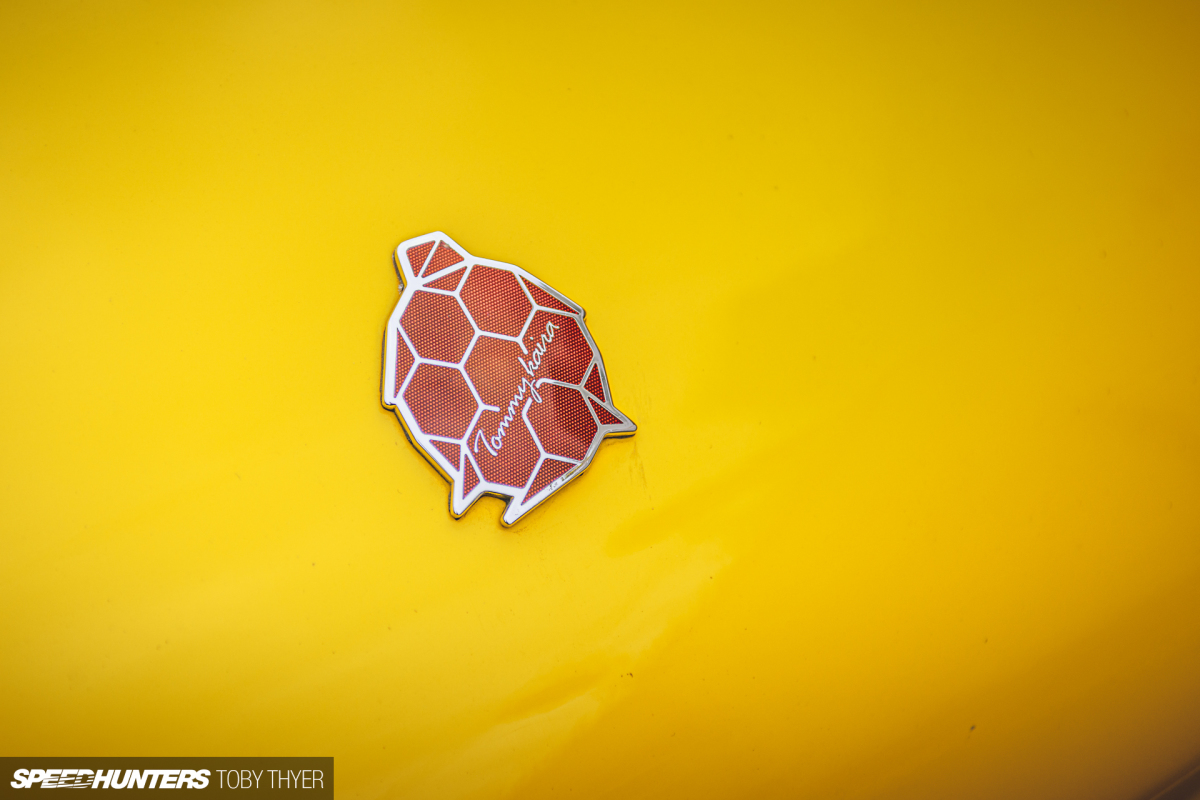




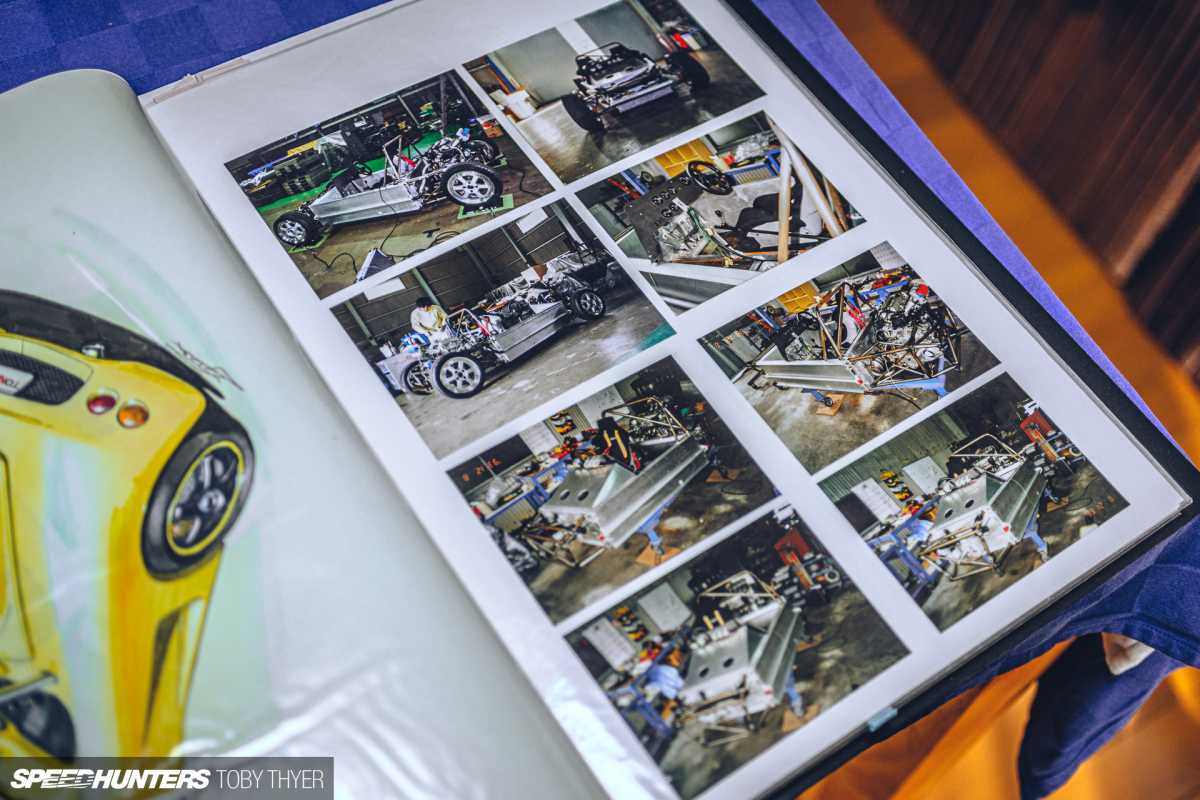
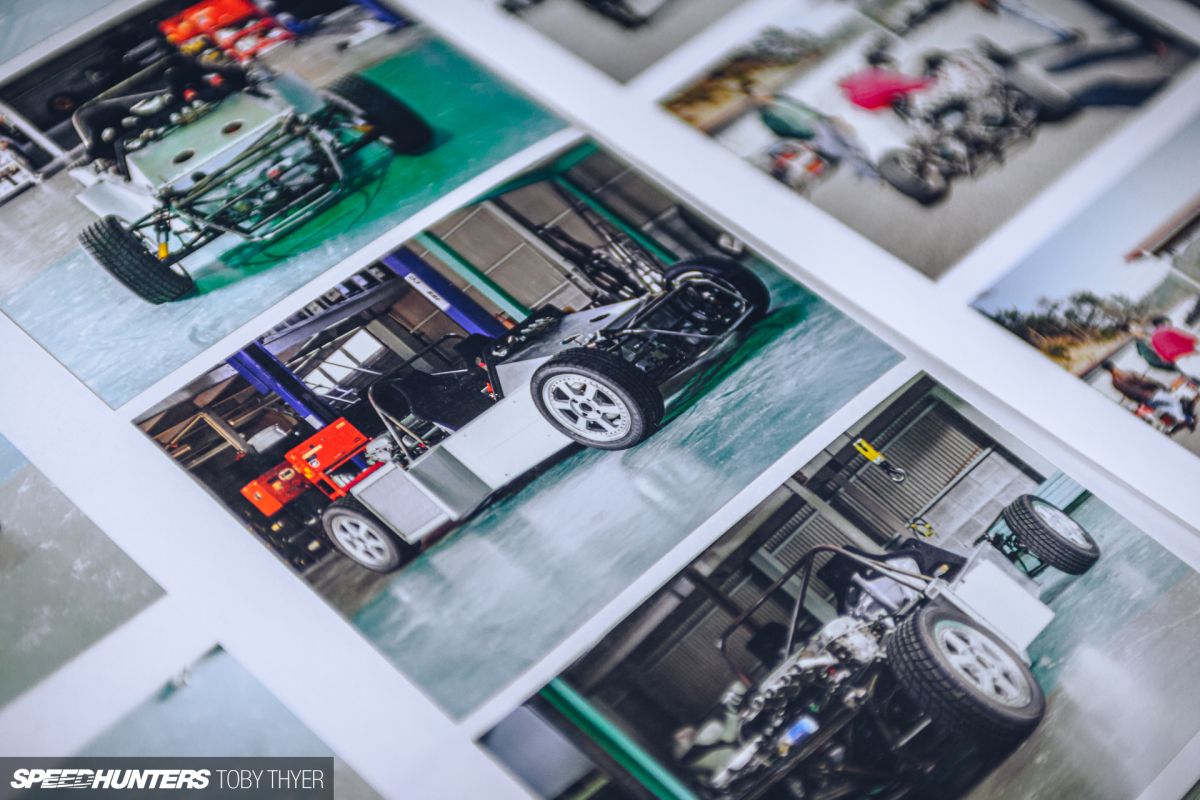
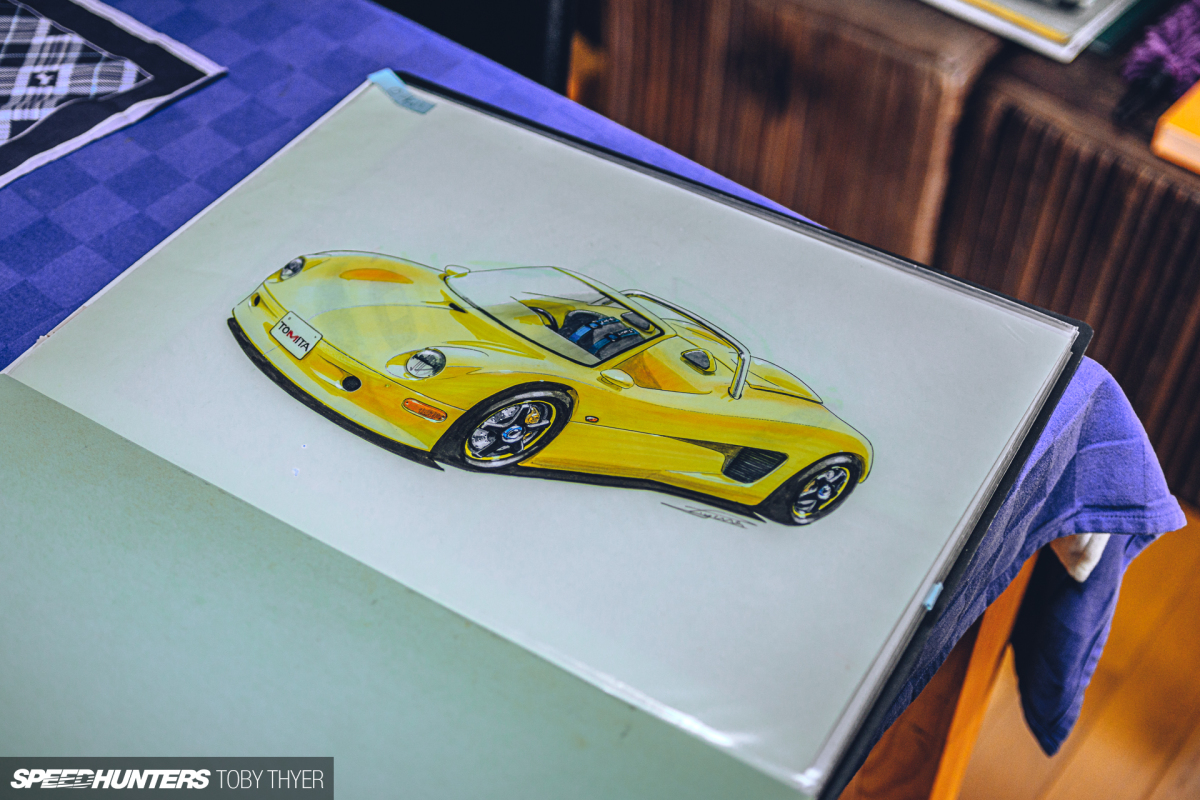
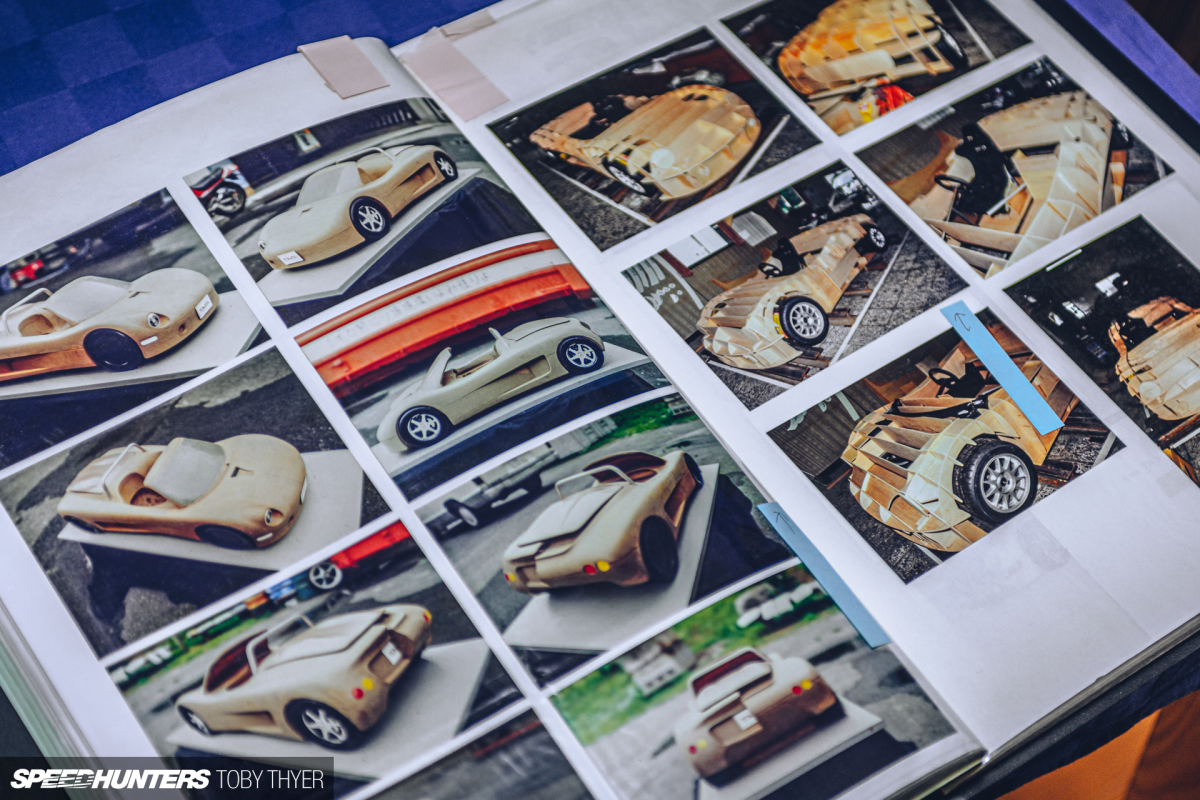

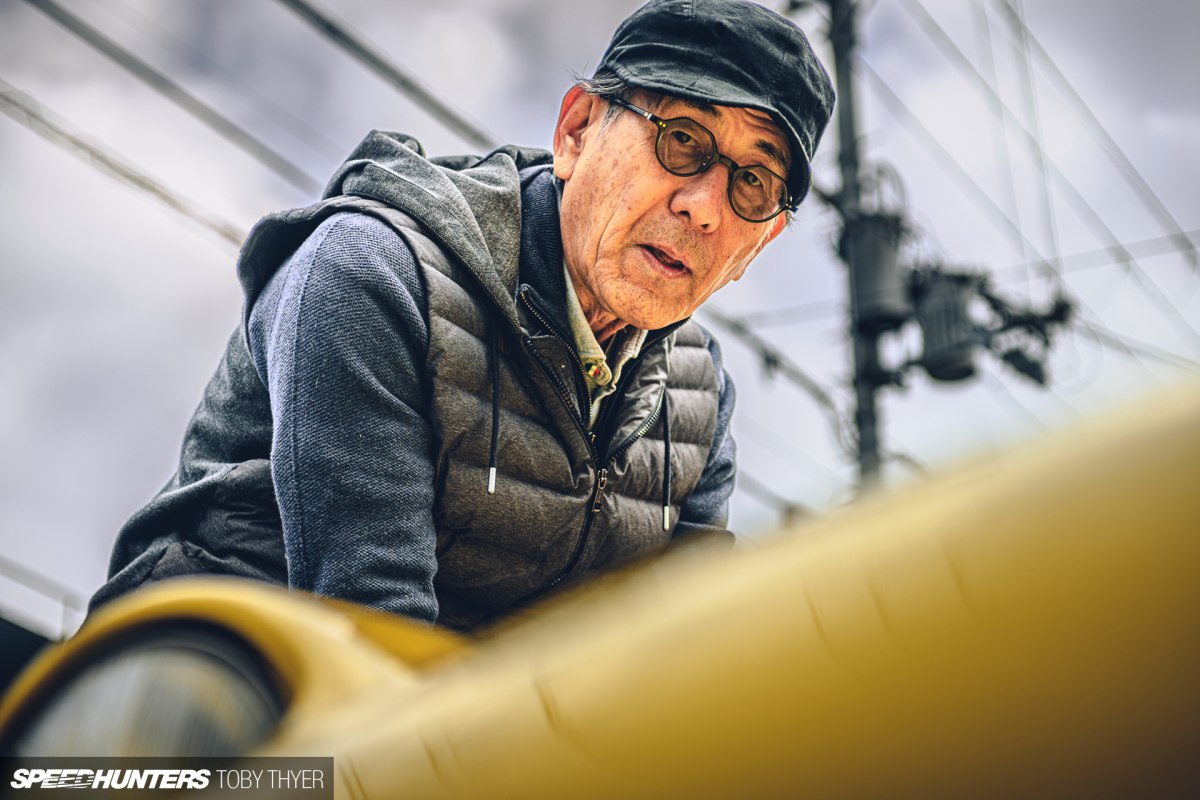
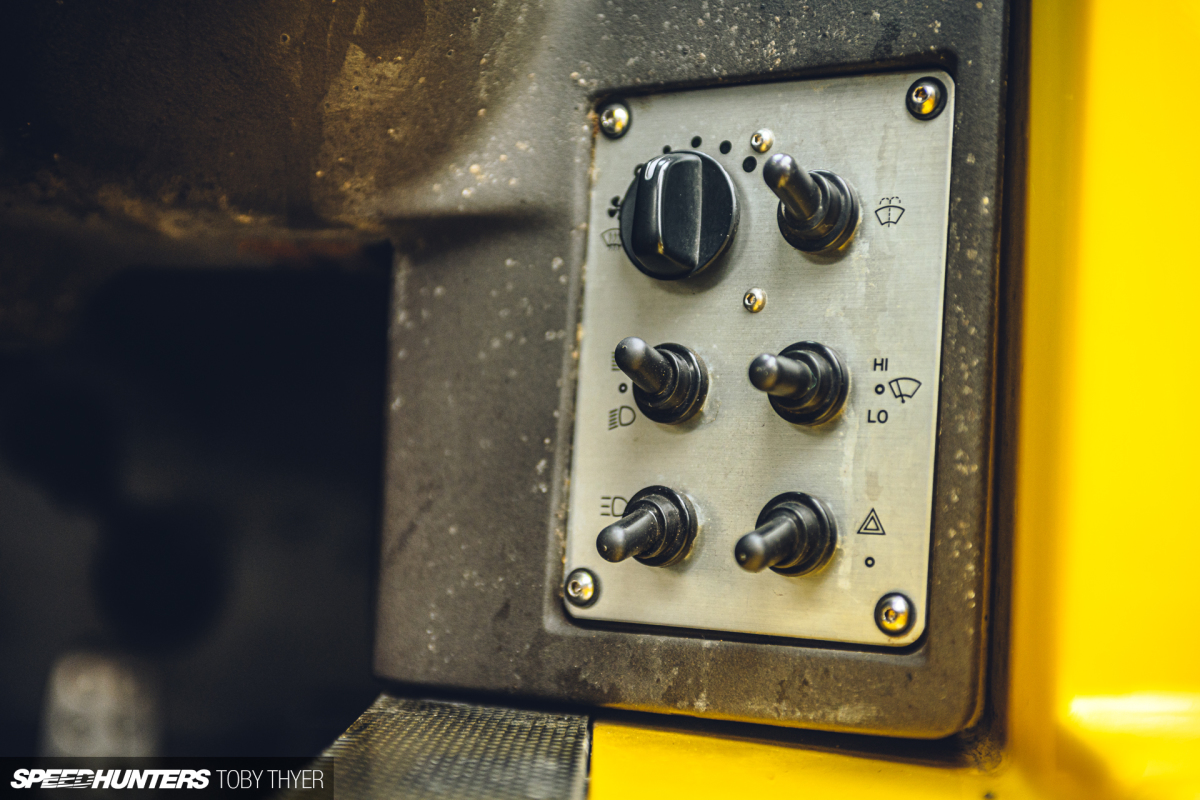
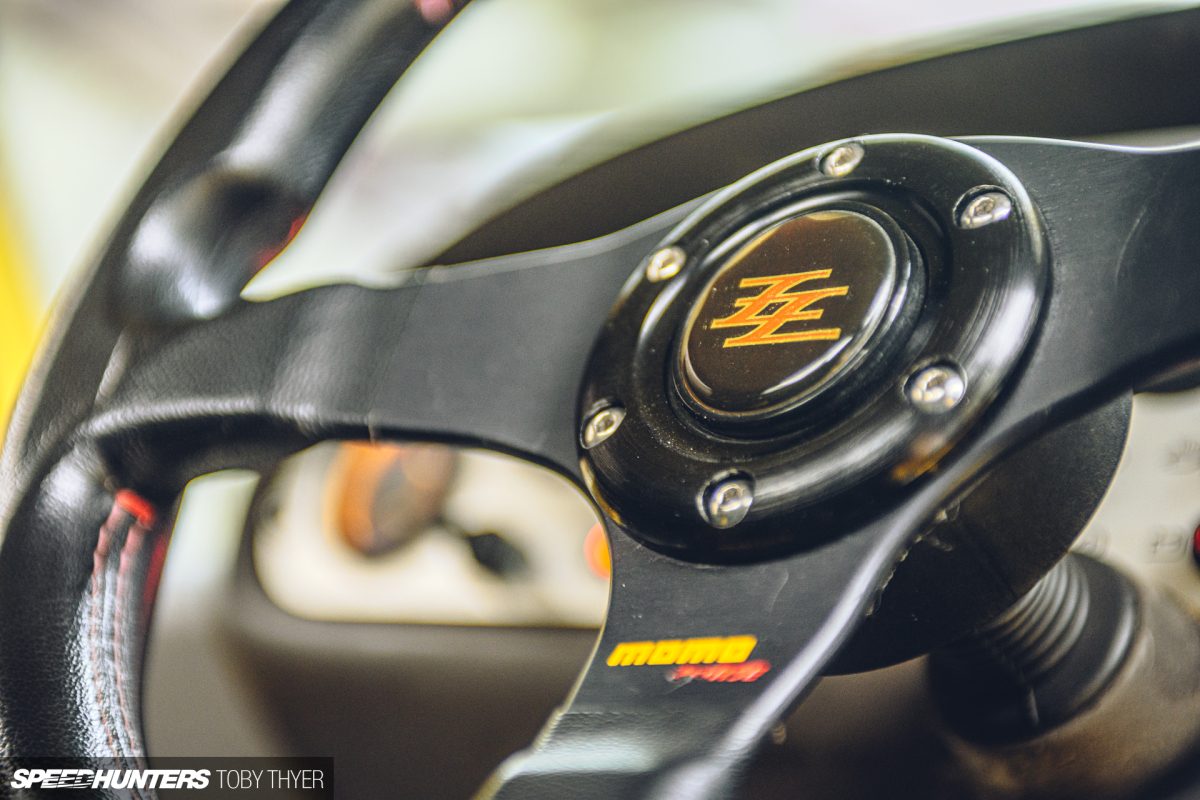
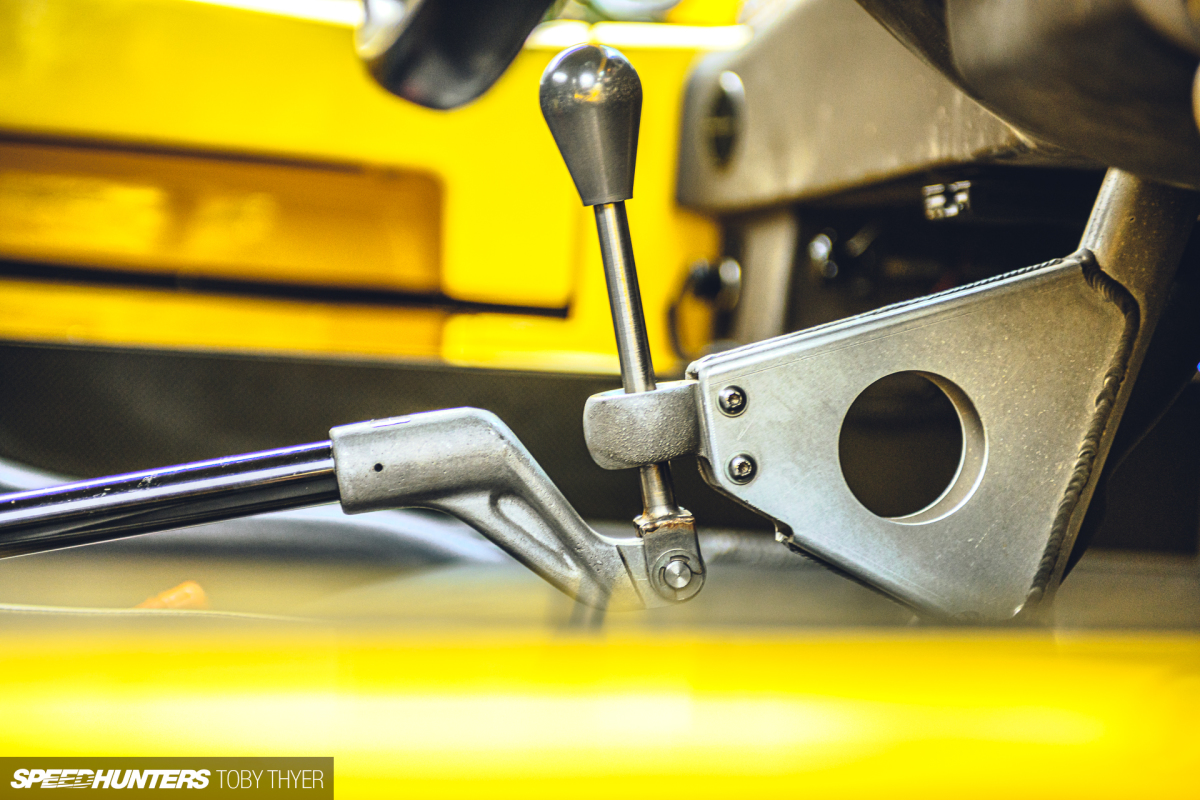
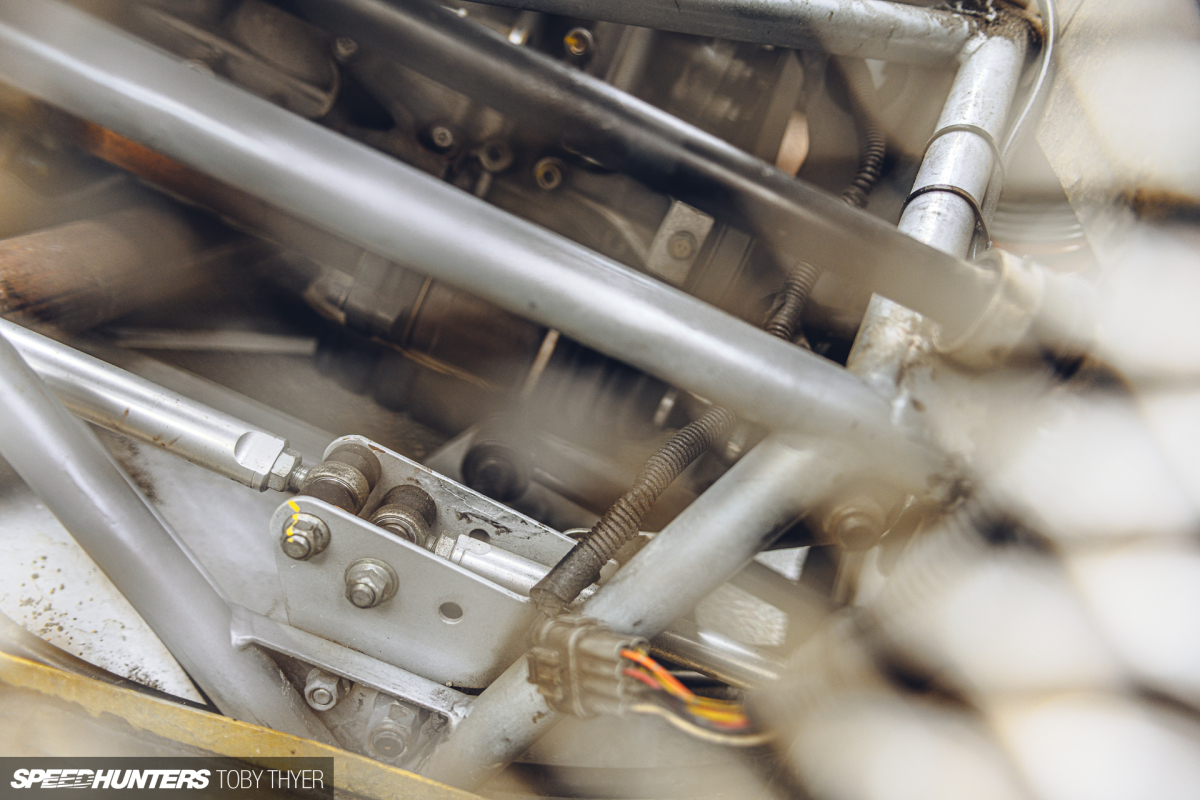
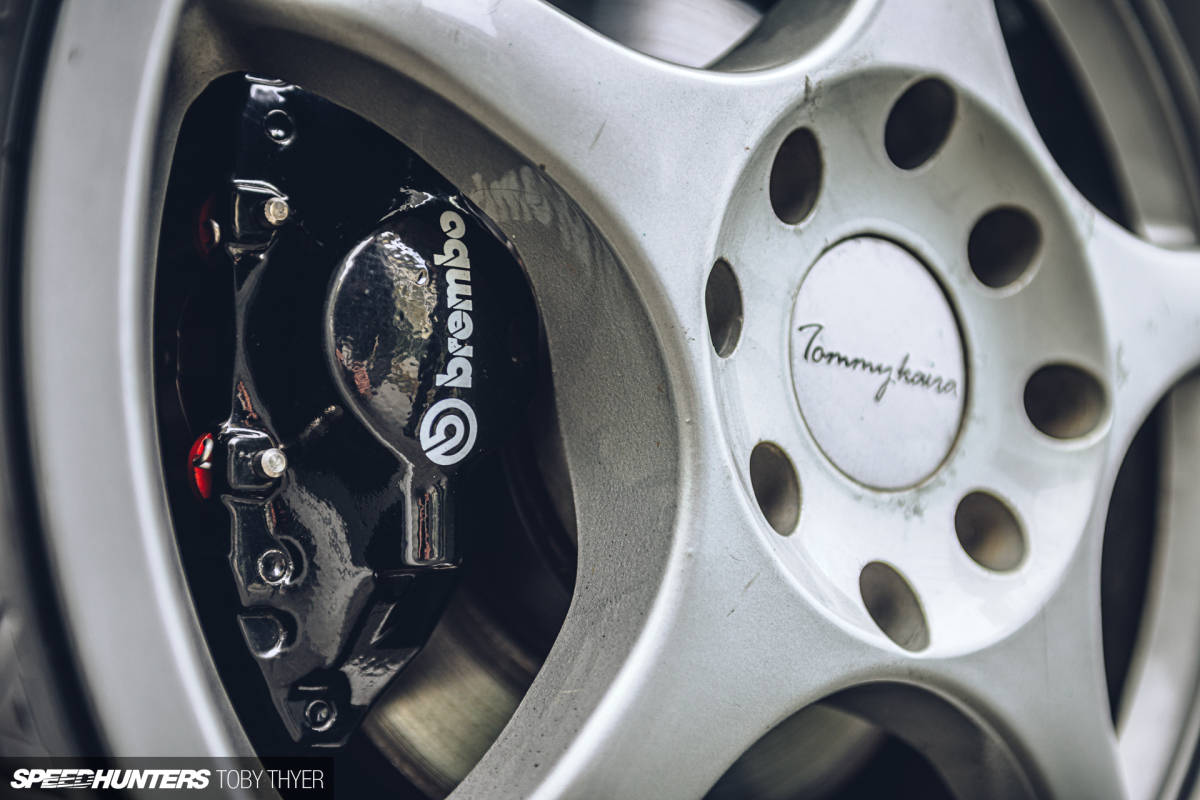
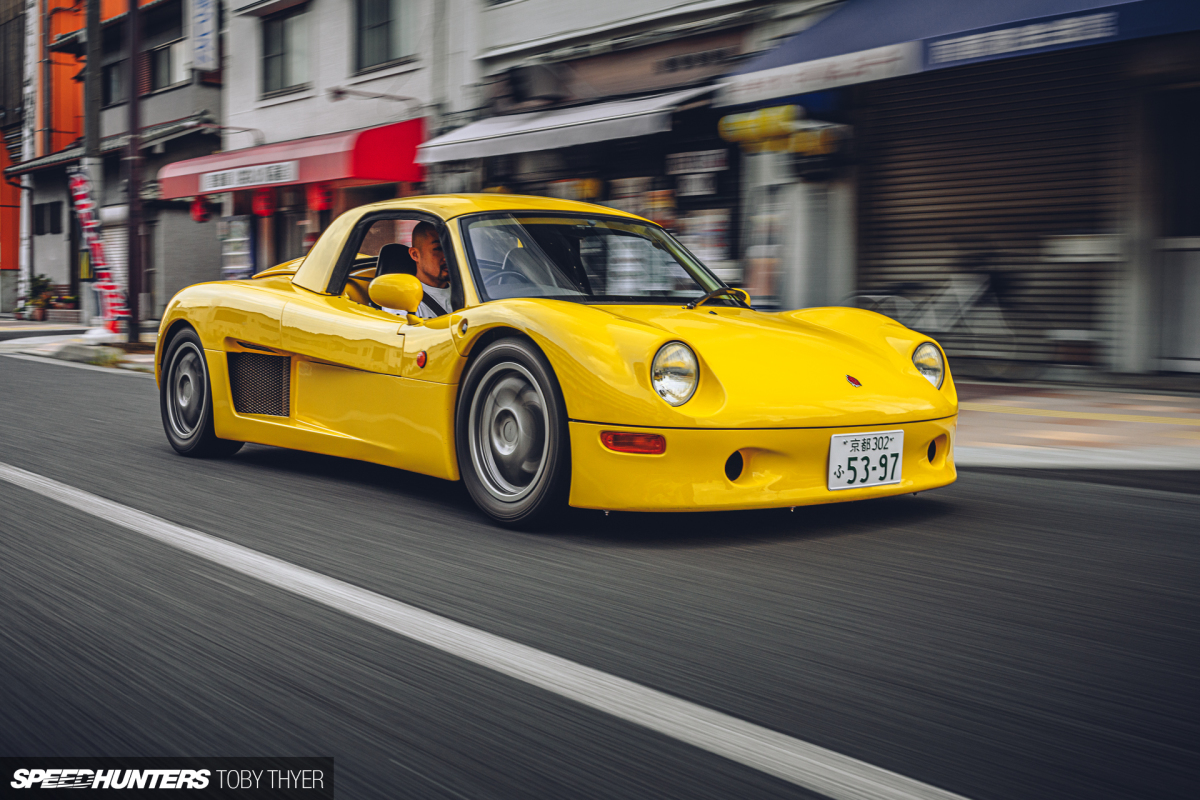
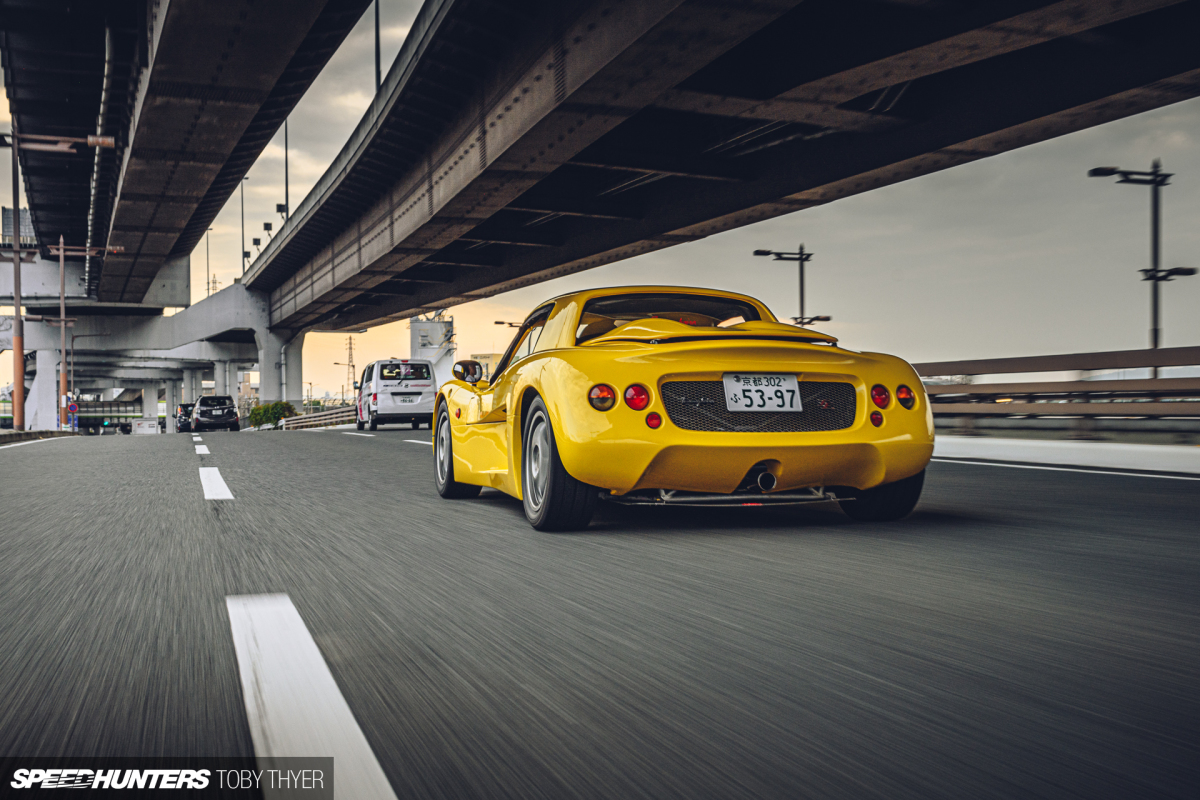





Toby always bringing the heat with the rolling shots!
The last fully alu chassis F1 car was built in the early 80's, by the mid nineties they were all carbon tubs.
Fair point!
Like many people I think I am familiar with this company only because of Gran Turismo 3. Had no idea about any of this and it was very well written and educational. So many interesting things you brought up here and the shot of the door opening was wild. Is the space underneath intended to be used for storage?
At 650kg with 180ps the car is probably a lot of fun to drive on back roads. I guess they never had Takumi race against one of these things for a reason LOL.
Really impressive story and a great write up / read. I wish SH did more content like!
Thanks Jimmy!
If you do ever get to ride in one and try to climb in, don’t put any weight on that door or it will come right off!
Noted. Doesn't look like it is there for anything other than to allow a little bit of a gap to clear the chassis. Can't even imagine what one of these built for serious track action would do. Not sure how much weight there is left to strip but imagine throwing a good size turbo on that SR20. Sheesh! 300-400whp, the right tires, and a good driver and this thing would do damage to a lot of people's egos!
Good work buddy!
I absolutely revere simple cars. metal chassis, no electronics (just normal wiring, no CANBUS), manual gearbox, manual steering, basic gauges, built with efficiency in mind, in order to maximise performance. Today's new cars are all digital dashboards and electric seats and adaptive lane keeping and blah blah. Keep it simple!! I love the tiny minimal doors on this car!
This is quite literally the Japanese Lotus
The only reason I'm also familiar with this car and company is because of early Gran Turismo just like @Chimmy Choo said.
Imagine if other car companies followed the same ethos as this ZZ or Elise, there would be so many fun yet simple cars to be enjoyed!
I REALLY hope Tommykaira receives sponsorship to remanufacture this elusive gem of automobile. Thank you Toby for documenting this opportunity. I really wish Tommykaira get to see themselves get more exposure for their innovative designs particularly the ZZ.
This is a real badaZZ SpeedHunters documentation right here.
We need more articles like this in the future! Please!
Toby should really be acknowledged for his reporting on this one. This is what Speed Hunters needs to get back to. As you said...bad aZZ.
Agreed! If SpeedHunters wants the respect it deserves, this was one of your most honorable car and company profile features on the site.
Looks like a darn fun drive. Is there a laft hand drive fir the states?
Unfortunately not, it was basically designed and built for JDM.
Would be nice to have some information from the founders about what happened to the ZZII that never went to production.
Which mid 90s Formula One team produced an aluminium monocoque?